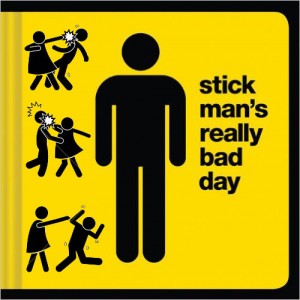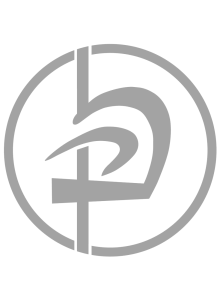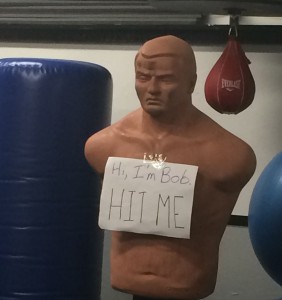In most cases, the block without the strike is useless. Don’t get me wrong, if a little kid tries to hit you, don’t block it and strike him back. Wife trying to hit you? Same thing. Maybe you even deserved it.
But in most cases, if someone is trying to hit you they mean to hurt you and they will likely try again immediately. So the block should have a simultaneous counter attack attached. At the very least it should be followed by a flurry of counterattacks. Rory Miller says that the block and the counterattack should be the same. That you should block, hurt the threat, improve your position and worsen the threats, all at the same time. I like the way Rory thinks. (See chirontraining.blogspot.com and www.chirontraining.com)
A true block in many cases should deliver some hurt by itself. Some strikes are also very good at blocking. Take for instance the cross hammerfest where the elbow is up in front of the face before the bottom of the hand strikes. The elbow and forearm are blocking the face during the first part of the strike.
So when we practice Krav Maga, we should make a point to start from many different positions and think of and practice the block with the simultaneous or near simultaneous counter, normally a flurry of combatives, and then of course the disengage. To put it within the framework: 1. stop the threat with a simultaneous counterattack if possible; 2. Control any weapons and deliver combatives as necessary; 3. disengage from the threat and look for more while exiting to get out safely.


